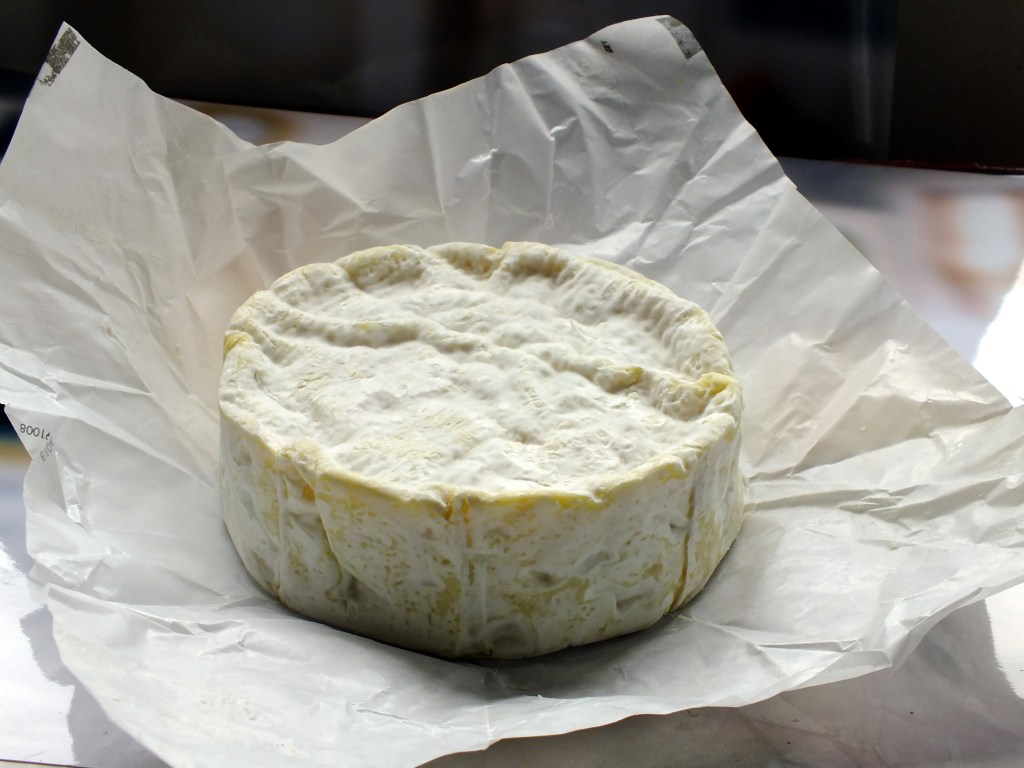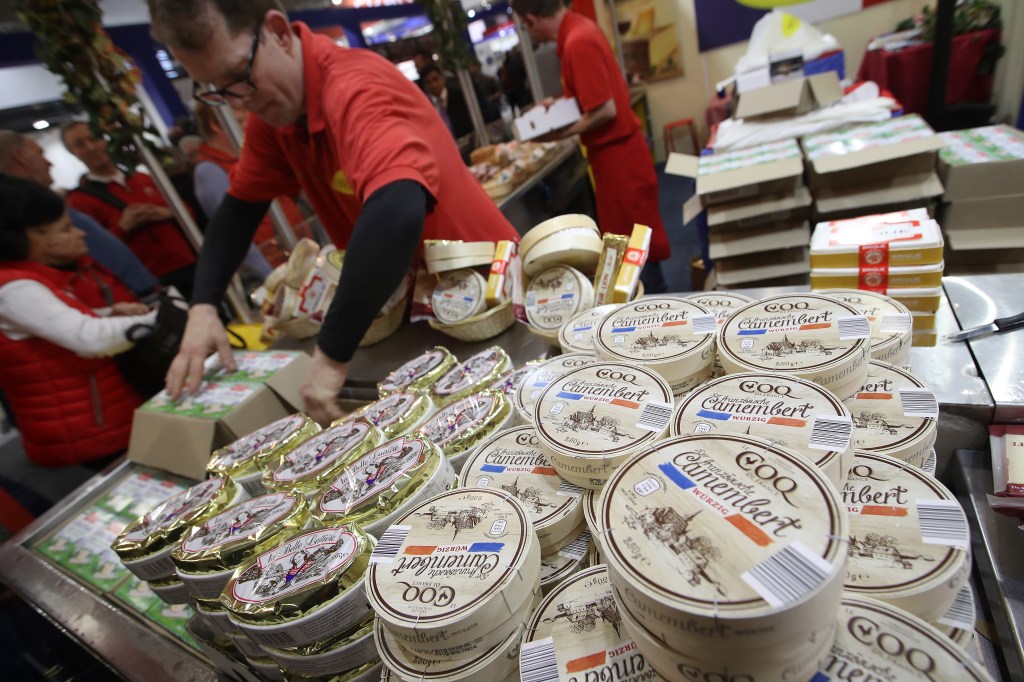It’s a catastro-brie! Why your favorite cheese might be in danger of extinction
Contact The Author
It’s not looking gouda for the fate of these cheeses.
Certain French fromages are under threat of extinction due to a lack of microbial diversity, experts say, with varieties of brie, blue and the infamously stinky Camembert topping the high-risk list, according to the French National Center for Scientific Research (CNRS).
“It’s very important to preserve diversity, even in microorganisms, and in particular in those we use for making food,” Jeanne Ropars, a research scientist specializing in evolutionary genetics and ecology at the French National Center for Scientific Research, told Culture magazine.

Milk market news site US Dairy explains that most natural cheeses are made from the same four basic ingredients: milk, salt, rennet — a blend of animal enzymes that causes milk to coagulate, separating the cheese curd from liquid whey — and “good bacteria.”
These microorganisms are the foundation of all the textures, smells, colors and flavors of all cheese, from Italian fresh mozzarella to the funky German Limburger (which is created with the same germs that cause foot odor).
In 1897, biochemists isolated Penicillium camemberti, a species of white mold that makes brie and Camembert into the cheeses they are.
The fungi alters the originally orange, gray and green Camembert into a white wheel resembling brie. This singular strain is what cheesemakers rely on for this aesthetic — and what makes the industry so fragile.
“Diversity is necessary for the survival of species. Without it, species are unable to cope with environmental change,” Ropars said as he urged scientists to identify or develop alternatives to Penicillium camemberti and other cheesemaking microorganisms.

Ropars explained that the fungi are asexual, so there’s no way to avoid the extermination of genes when they mutate — and once that biodiversity is lost, there’s no way to get it back.
To make more Penicillium camemberti, scientists have to clone it, and cloning an individual bacteria year after year can introduce harmful errors into the genome.
The issue impacts not only how cheese is made, but how they’re regulated and traded globally.
Many French cheeses fall under Protected Designation of Origin (PDO) standards, which officially links a variety of cheeses to the region where it was produced, according to the European Commission.
PDO guidelines would have to be rewritten before dairies could produce traditional cheese with unconventional ingredients.
According to Ropars, cheese lovers and the cheese industry are going to have to get used to seeing brie and Camembert appearing in colorful hues and variant flavors, which is just a small change to endure to keep the highly coveted cheese alive and well.







